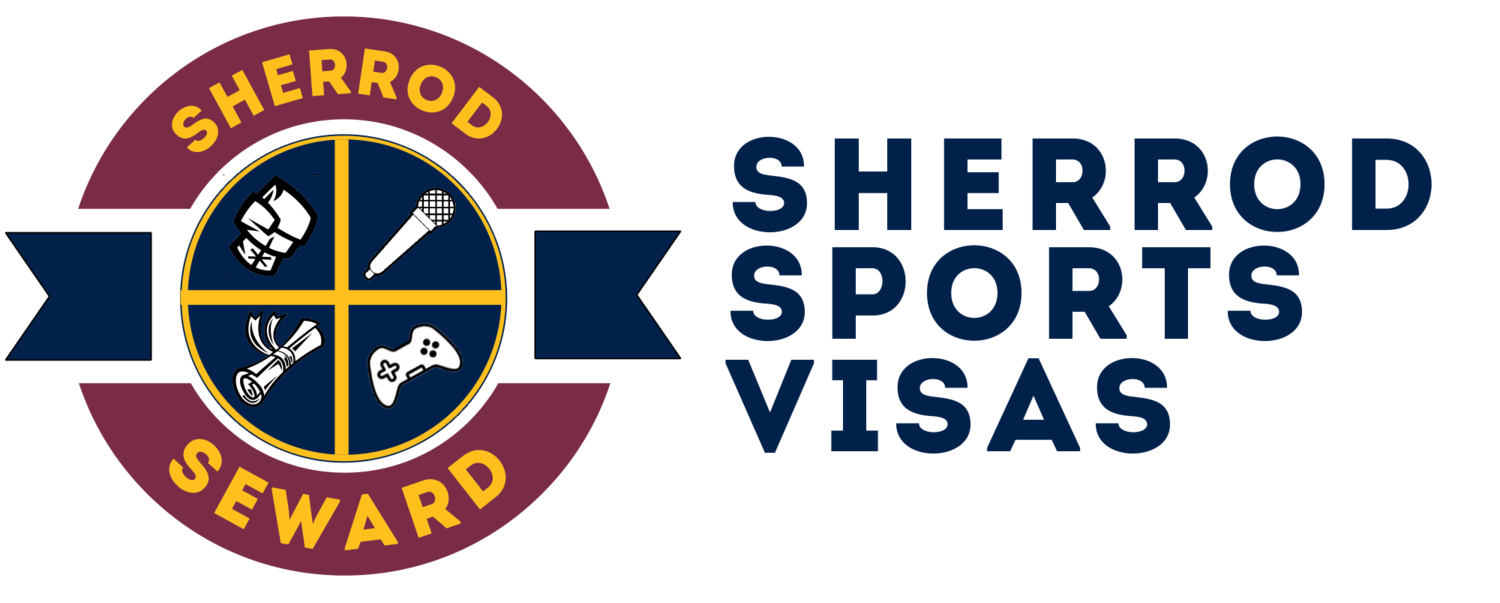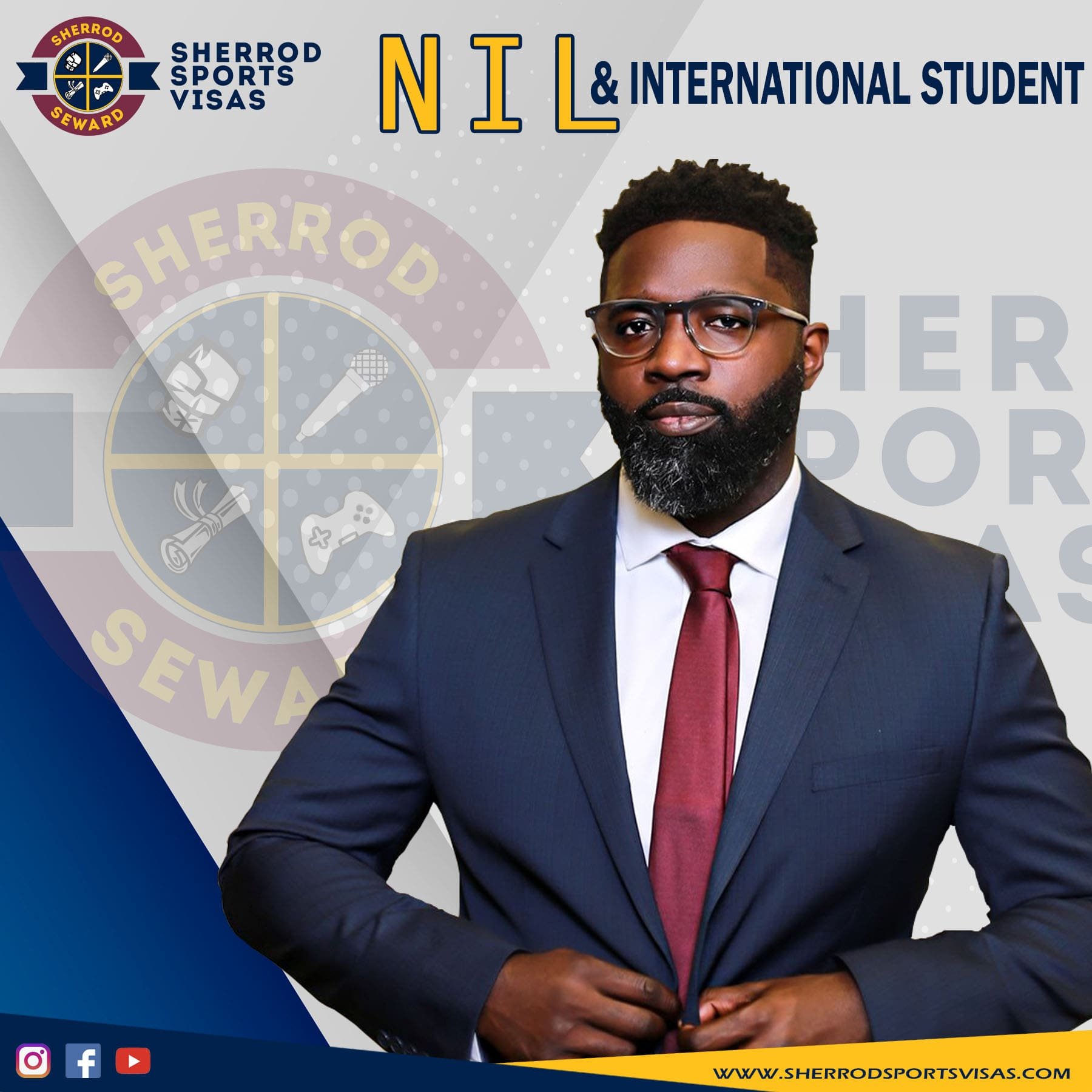Name Image and Likeness - NIL & International Student Athletes
There is a growing demand for clarity on the ability of international student-athletes to take advantage of Name Image and Likeness Agreements (“NIL”) like their domestic classmates. Name Image and Likeness agreements permit NCAA students to monetize their rights for publicity which sometimes means millions of dollars in revenue. Examples of permissible activities under the NCAA NIL rules include receiving compensation for autographs, promotional appearances, commercials, and branding opportunities. There is no federal legislation or even a formal set of rules determining the specific rules in which student-athletes can participate in NIL agreements. The NIL rules are determined by the State the school is located in and the individual rules of the school themselves. The regulation of NIL at the State and school levels is already impacting the decision-making process of top recruits.
Unlike their domestic classmates, international students are generally barred by federal regulations from taking advantage of NIL agreements due to limitations of work authorization under F-1 visa status. Almost all international students matriculate through college on F-1 visas and practical training programs associated with the F-1 visa. Neither the F-1 visa nor the associated practical training programs support the type of activities normally associated with NIL agreements.
The permitted employment pathways under the F-1 visa include the following:
On-Campus Employment
This refers to employment that occurs on campus and the employment itself that is affiliated with the University.
Curricular Practical Training
This refers to employment that is directly related to their major for direct employment, internships, cooperative education experience and practicum participation. Many students prefer to use this category while still in school to not use up valuable Optional Practical Training time for when they graduate.
Optional Practical Training
The Optional Training Program program is most commonly used after an international student graduates to bridge the gap between losing F-1 status and obtaining another non-immigrant work visa, such as the H-1B visa. There is an option to use OPT while in school, but utilizing the pre-completion OPT cuts down the time available after graduation. The actual work performed by the international student-athlete is also required to be in the student's field of study.
International Organizations
Under this category, international students may work for designated organizations such as the African Development Bank, United Nations, and the International Monetary Fund under Executive Order.
Severe Economic Hardship
This category is granted in limited circumstances to international students who can prove that financial assistance is required and unable to be mitigated by other means. The financial assistance can derive from circumstances such as loss of financial aid, a large spike in the cost of tuition, a change in the financial status of the student’s source of support, and other similar circumstances. The student would also have to show that on-campus employment is unavailable. This work authorization is not limited to the student’s major and is granted in one-year increments. This category could potentially be able to support NIL agreements, but the nature of getting into the program makes it impractical as a general solution.
Universities are motivated to be careful when categorizing student-athletes in the proper visa status and work authorizations not to violate their Designated School Status “DSO,” which allows them to issue F-1 visas to international students. If a school were to lose its DSO status, it would lose access to the flow of international students,who bring a great source of revenue and talent to the school.
Other Possible Visa Categories That Are Outside Of F-1
There are other visa categories outside of F-1 that come with work authorization to support NIL agreements but they are not nearly as widely used as the F-1 visa. For example, international students that are permanent residents or received their I-757 EAD work authorization and persons that are granted Deferred Action for Childhood Arrival (DACA) status both enjoy unrestricted work authorization. Both of these categories also permit full-time study. The drawback of these categories is that they are not available to everyone and have limited application.
Our law firm is currently exploring the solution of P-1 visas for internationally recognized athletes and O-1 visas for foreign nationals with extraordinary abilities to facilitate widespread participation in NIL agreements. Both of these categories can apply to many international student athletes and support the work authorization for NIL Agreements. The question is whether or not international students can study full time on these visa categories.
P-1 Visas for Internationally Recognized Athletes
3-5 year visas for international recognized athletes. College students are great candidates for P-1 eligibility because previous NCAA experience is one of the seven criteria for P-1 visas. The potential problem area is the requirement for the athlete to be scheduled to participate in events that require the participation of internationally recognized athletes. This is unproven utilizing a collegiate competition schedule. Traditionally, these visas are appropriate for professional athletes who compete in competitions that require the participation of internationally recognized athletes. The requirements to establish the portion of the eligibility requirements are rather vague but typically revolve around the revenue of the event, the prize/salary of the participants, and how many people will see the event.
This could potentially be a major hurdle in certain collegiate sports because the competitions will not meet the eligibility requirements. In certain circumstances, such as track and field, this can be circumvented because there are competitions that athletes can compete in outside of the collegiate schedule that support P-1 visa eligibility. In other circumstances, this might not be suitable in sports such as tennis, where the professional tours usually take place only after the athlete’s college career is over.
We are very interested to see how USCIS will treat the major sports such as basketball and football for P-1 visa applicants. College basketball and football teams have robust revenue streams, as much as some professional organizations, and broadcast agreements with the largest broadcast companies in the nation. There is a great argument that these programs have a need for the best talent in the world to occupy roster spots on their teams. Furthermore, basketball and football both have age limitations for entry to the professional leagues. For football, players are not permitted to enter the National Football League draft until their Junior year. In Basketball, the National Basketball Association does not allow for players to enter the draft until one year after graduating from high school.
If the hurdle of itinerary eligibility is surpassed, P-1 visas can be obtained for periods of 3–5 years at a time.
O-1 Visas for Foreign Nationals with Extraordinary Ability
The O-1A is a 3 year visa for athletes with extraordinary ability. The O-1 visa is the highest level non-immigrant visa in the United States with a wide breadth of work authorization. College students who also participate in their country’s national team may be great candidates for O-1 visas. The eligibility requirements for O-1A are quite high and can be difficult to obtain for many student athletes. Typically, athletes who have competed at the national team level, won international awards at the youth level before coming to college, and received a significant amount of press coverage would meet eligibility requirements.
The O-1A does not require an itinerary of competitions that require the participation of internationally recognized athletes such as the P-1A visa. In fact, there is no requirement for an athlete to compete at all on an O-1A visa. Many athletes obtain O-1A visas to be able to train in the United States when the athletes compete in other countries. Furthermore, the O-1 visa is considered “dual intent” which means that athletes in this category can pursue living permanently in the United States while on this visa without repercussions.
In addition, institutions of higher learning may already be more familiar with the O-1A visa than the P-1. It is not uncommon for Universities to pursue O-1A visas for PH.D level faculty and research scholars. Thus it may be more likely for Universities to become comfortable with utilizing O-1A visas for student athletes than P-1 visas with which they may be more unfamiliar.
Can O-1 and P-1 Visa Beneficiaries Attend School Full-time
The area of concern for the schools is maintaining compliance to protect the status as a DSO organization with the ability to issue F-1 visas. For students, the area of concern is for a visa to be revoked due to not being utilized for the intended purposes.
For example, the purpose of a P-1 visa must be for the athlete to compete in competitions that require the participation of internationally recognized athletes. O-1 visas can be much more varied in purpose depending on how the itinerary of the visa is structured.
According to Immigration and Customs Enforcement (“ICE”), study is permitted under P-1 and O-1 visa categories. In an 2018 Student and Exchange Visitor Program advisory paper published by ICE, nonimmigrants who are attending study incidental to their primary purpose for being in the United States may attend the school of their choice either part-time or full-time. (https://www.ice.gov/doclib/sevis/pdf/Nonimmigrant%20Class%20Who%20Can%20Study.pdf ).
In order for the P-1 visa to work for the international student athletes, they would have to explain that their primary purpose to be in the United States is to compete in athletics and not academics. This could pose a potential area of conflict with schools who wish to maintain the position that athletes at the school are STUDENTS first. The O-1 would still have to state a similar primary purpose for being in the United States. It can be more varied but still would feature a primary purpose that is not studying, unless the student is also doing research athletics or majoring in an athletics related field.
Plans for the Future:
Our law firm is committed to helping international student athletes and institutions of higher learning to better understand options for participation in NIL agreements. Our next step is developing a dialogue with schools and institutions of higher education to explore P-1 and O-1 visas as a possible solution for international student athletes to participate in NIL agreements. We are currently circulating a survey with these institutions to gauge the current state of acceptance and the process of starting new visa programs.
Please email info@oaklg.com to request more information about the surveys.

